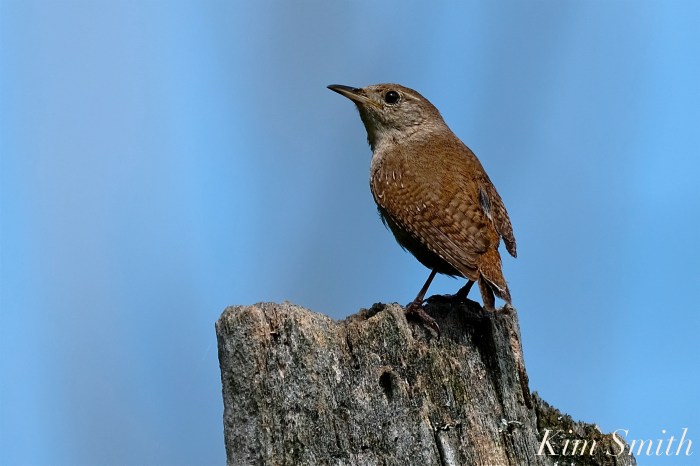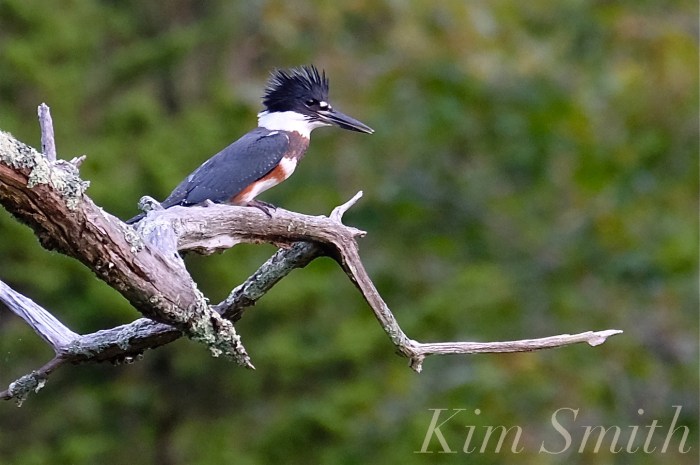Upcoming film projects and studying the life story of our beloved Mr. Swan led to learning more about the life story of many creatures found at our local ponds. Frogs in all their myriad incarnations I soon discovered were the keystone species, playing starring roles as both predator and prey. American Bullfrogs are by far the most common, but I also filmed Green Frogs and Wood Frogs. I shot hundred (perhaps thousands) of photos of frogs, and hours of footage too, and have only begun to organize, but here is a small sampling.
American Bullfrog Snatching a Bee Mid-air
Young Bullfrogs lay in wait for bees and other insects drinking nectar from the pond lilies. They’ll sit stone still for half an hour and in some cases, even much longer, for the perfect moment. The smallest Bullfrog can leap several feet across the water and lily pads to snatch an insect mid-air.
 Half tadpole, half frog, froglets are outgrowing their tadpole stage, but are not yet fully fledged frogs.
Half tadpole, half frog, froglets are outgrowing their tadpole stage, but are not yet fully fledged frogs.

When the hunter is hunted. Birds and otters feast on tadpoles, frogs, and froglets. Larger Bullfrogs are cannibalistic and eat smaller versions of themselves. First hatch-year Little Blue Herons (pictured) eating a frog in the above photo and a froglet in the photo below.

More about pond life coming soon!
If you would like to help towards the completion of my documentary film Beauty on the Wing: Life Story of the Monarch Butterfly, filmed in the wilds of Cape Ann and Angangueo, Mexico, please consider making a tax deductible donation here:
Donors contributing over $5,000. will be listed in the credits as a film producer.
For more information, visit the film’s website here: Monarch Butterfly Film
For an overview of the film’s budget, please go here: Budget
Thank you so very much for your help.
With gratitude,
Kim Smith
Spread The GMG Love By Sharing With These Buttons:
















